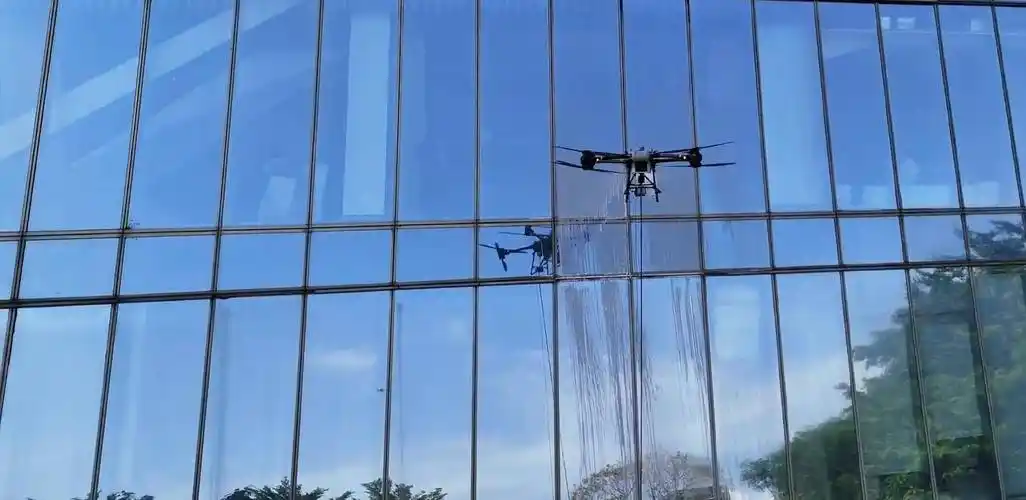
In urban skylines, glass dominates—shimmering skyscrapers, luxury residential towers, and commercial hubs that define modern architecture. Yet, keeping these vast expanses of glass pristine remains a persistent challenge. Traditional methods—scaffolding, cranes, or human workers dangling from ropes—are not only time-consuming and costly but also pose significant safety risks. Enter a transformative solution: autonomous glass-cleaning drones, engineered to redefine how we maintain the glass facades that shape our cities.
The Problem with Traditional Glass Cleaning
High-rise glass cleaning is a labor-intensive, high-stakes operation. Human crews rely on harnesses, lifts, or suspended platforms, which limit mobility and extend project timelines. Weather delays, safety protocols, and the physical toll on workers further complicate matters. For large buildings, a single cleaning cycle can take days, disrupting operations and incurring substantial labor and equipment costs. Worse, human error—slipping, misaligned tools, or missed spots—can leave streaks or damage surfaces, compromising both aesthetics and structural integrity.
Enter the Autonomous Drone: Precision Meets Efficiency
Modern glass-cleaning drones are engineered to transcend these limitations. These compact, aerodynamically optimized UAVs (Unmanned Aerial Vehicles) integrate cutting-edge technology to deliver safe, fast, and consistent results. Let’s break down their key innovations:
1. Multi-Modal Sensing & Real-Time Mapping
At the core of these drones lies a sophisticated sensor suite. LiDAR (Light Detection and Ranging) and stereo cameras create high-resolution 3D maps of the glass facade, identifying obstacles like window frames, vents, or uneven panels. Thermal imaging detects temperature variations that could affect cleaning performance, while AI-powered algorithms process this data in real time to adjust the drone’s path. This ensures no area is missed and prevents collisions with the building or surrounding structures.
2. Adaptive Cleaning Modules
Gone are the days of one-size-fits-all cleaning. These drones deploy modular tools tailored to specific needs: soft microfiber pads for delicate architectural glass, rotating brushes for textured or tinted surfaces, and precision nozzles for applying eco-friendly, biodegradable cleaning solutions. The system automatically switches tools based on the facade material, ensuring optimal results without manual intervention.
3. Intelligent Path Planning & Fleet Coordination
Cleaning a 50-story building? Drones don’t work in isolation. Advanced fleet management software coordinates multiple drones, dividing the facade into zones and optimizing flight paths to minimize overlap. Machine learning predicts wind patterns and adjusts flight speeds dynamically, maintaining stability even in breezy conditions. Operators monitor progress via a cloud-based dashboard, receiving alerts for issues like low battery or unexpected obstacles—enabling rapid, data-driven decision-making.
4. Safety as a Non-Negotiable
Safety is paramount. Drones feature redundant navigation systems (GPS + visual odometry) and anti-collision sensors that create a 360° protective bubble. Emergency landing protocols, including automatic return-to-home functions, mitigate risks if connectivity is lost. Lightweight yet durable materials withstand minor impacts, while low-noise designs minimize disruption to urban environments.
Transforming Industries, One Facade at a Time
The applications of glass-cleaning drones extend far beyond skyscrapers. They’re deployed on solar farms to maximize panel efficiency by removing dust and debris; on historical landmarks to preserve fragile stained glass; and on shopping malls to keep storefronts spotless during peak shopping seasons. For facility managers, the benefits are tangible:
-
Cost Savings: Drones reduce labor costs by up to 60% compared to traditional methods, with no need for scaffolding or heavy equipment rentals.
-
Speed: A 10-story building can be cleaned in hours, not days, minimizing downtime for businesses.
-
Consistency: AI-driven precision eliminates human error, ensuring every panel meets uniform cleanliness standards.
-
Sustainability: Eco-friendly cleaning solutions and reduced fuel consumption (thanks to electric propulsion) align with global efforts to lower carbon footprints.
The Future of Urban Maintenance
As urbanization accelerates, the demand for smart, efficient maintenance solutions will only grow. Glass-cleaning drones represent a leap forward in this evolution—blending robotics, AI, and sustainability to tackle a once-intractable challenge. For manufacturers, they’re not just products; they’re a statement: the future of infrastructure care is autonomous, intelligent, and human-centric.
In a world where the sky is no longer the limit, these drones are rewriting the rules—one clean window at a time.
THE END

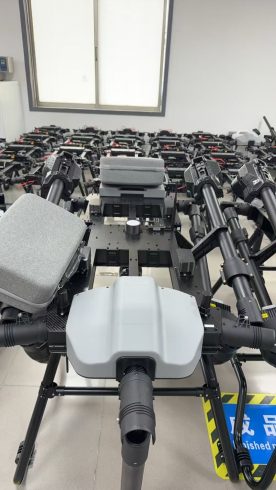
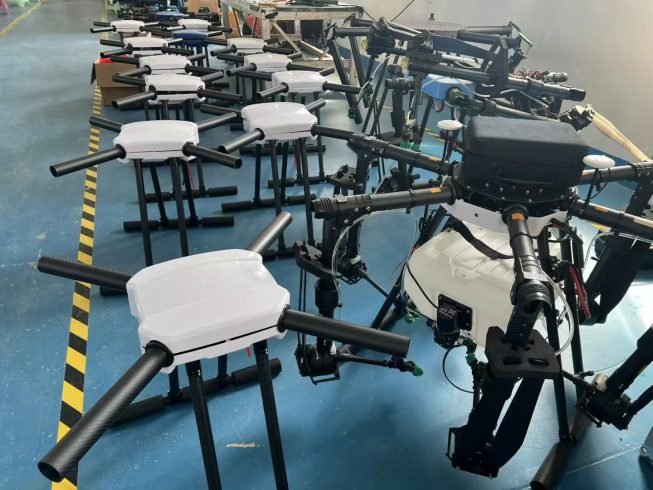

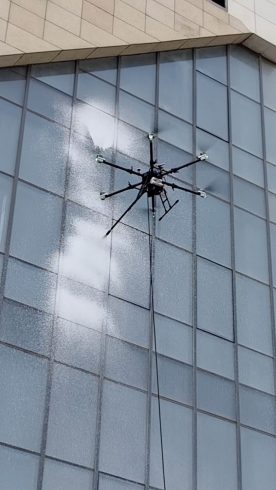
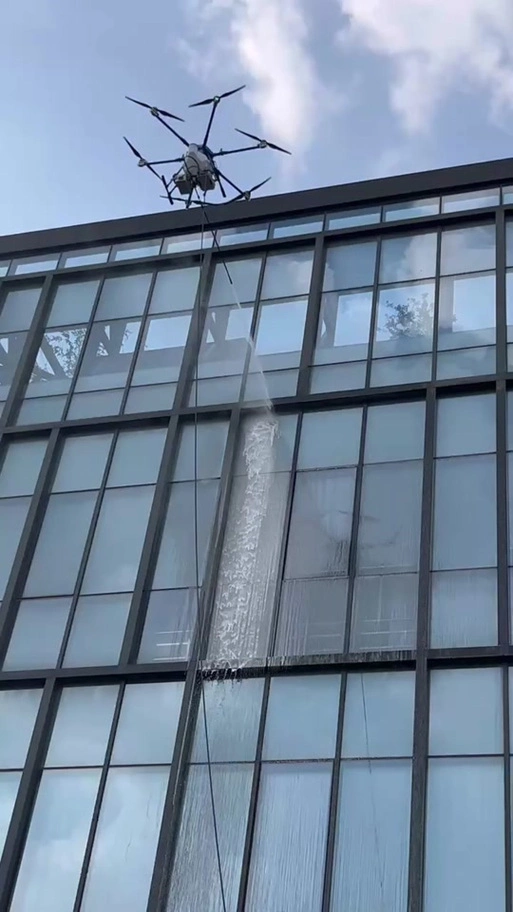
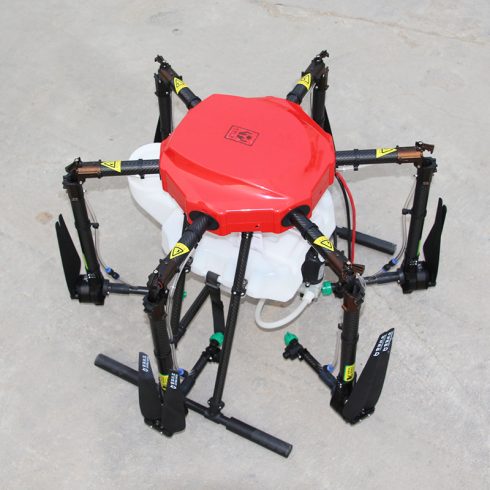
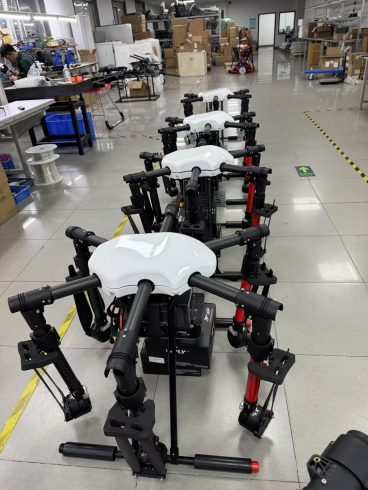
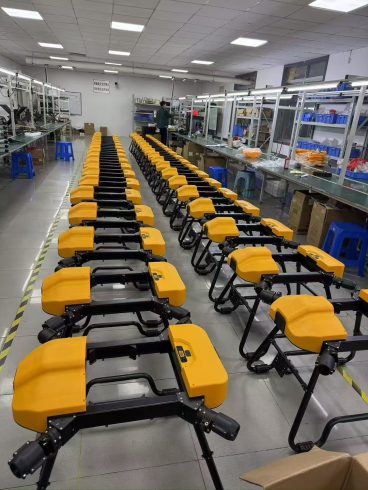

暂无评论内容